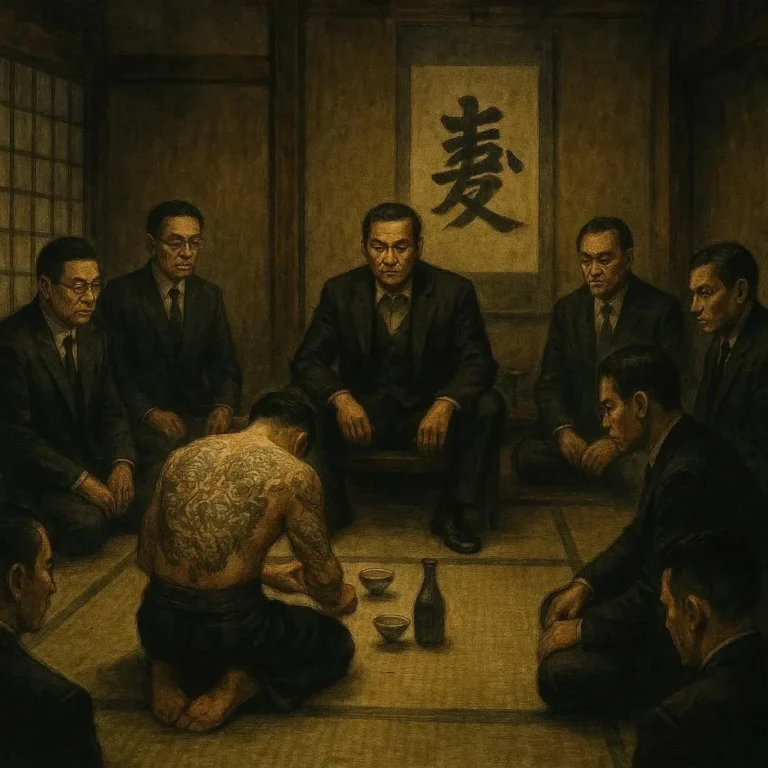505 views Famous Samurai: Stories and Stories Left Unwritten
Introduction
The samurai, members of the warrior class in Japan from the 12th to the 19th centuries, have long been a subject of fascination. Their code of honor, Bushido, their mastery of the katana, and their unwavering loyalty have painted them as the epitome of warriors. However, beyond the famous stories of these legendary figures, there lie countless untold tales that delve deeper into their humanity, struggles, and contributions. This blog post explores not only the well-known samurai but also the lesser-known stories that add depth to our understanding of this iconic class.
Famous Samurai: Their Lives and Legacies
- Miyamoto Musashi: The Unmatched Swordsman
Miyamoto Musashi is arguably one of the most famous samurai in history. Known for his exceptional skill with the katana, Musashi was a ronin (masterless samurai) who wandered Japan, engaging in over 60 duels. His unparalleled skill was matched only by his philosophical writings, particularly ‘The Book of Five Rings,’ a treatise on strategy and philosophy that is still studied today. Musashi’s life was not without its demons; he was known for his stubbornness, his disregard for authority, and his obsessive pursuit of perfection. His life has been the subject of numerous books, movies, and anime, cementing his legacy as one of the greatest samurai of all time.
Story Left Unwritten: Musashi’s Later Life and Personal Struggles
While Musashi’s dueling days are well-documented, his later life is often overlooked. After his retirement from dueling, Musashi lived in obscurity in a cave, where he wrote ‘The Book of Five Rings’ and other philosophical works. This period of his life shows a different side of the legendary samurai—one of introspection, loneliness, and a deep connection to art and nature. His struggles with old age and the recognition he sought yet often rejected paint a more human picture of this warrior sage.
- Yagyū Munenori: The Philosopher-Samurai
Yagyū Munenori was not only a skilled swordsman but also a Confucian scholar and the daimyō (feudal lord) of Yagyū Domain. As the son of the famous swordsman Yagyū Muneyoshi, Munenori was destined for greatness. He served under Tokugawa Ieyasu, the founder of the Tokugawa shogunate, and later became a close advisor to Tokugawa Iemitsu. His writings, particularly ‘The Life-Giving Sword,’ offer insights into the philosophy of the samurai and the application of Bushido in both combat and daily life.
Story Left Unwritten: The Influence of Yagyū Munenori on Tokugawa Rule
While Yagyū Munenori’s role as a swordsman and philosopher is well-known, his influence on the political landscape of Japan during the Tokugawa period is often underestimated. His counsel to the shogun helped shape policies that maintained peace and stability during a tumultuous era. His emphasis on education, self-cultivation, and pragmatism was instrumental in laying the groundwork for the relative peace of the Edo period. Munenori’s legacy extends beyond the battlefield to the halls of power, where his wisdom shaped the course of Japanese history.
- Ōishi Yoshio: The Leader of the Forty-Seven Ronin
Ōishi Yoshio is best known as the leader of the Forty-Seven Ronin, one of the most famous samurai stories in Japanese history. After the unjust dismissal and subsequent death of their lord, Asano Naganori, Ōishi Yoshio led a group of loyal retainers in a vendetta against the man responsible for their lord’s downfall, Kira Yoshinaka. This act of loyalty and honor has become a symbol of the samurai spirit and Bushido.
Story Left Unwritten: The Human Cost of the Vendetta
While the tale of the Forty-Seven Ronin is celebrated as a story of loyalty and honor, the personal sacrifices made by Ōishi and his men are often overlooked. The vendetta took over a year to plan, during which time the ronin dispersed, some taking on menial jobs to avoid suspicion. Ōishi himself resorted to public drunkenness to deceive his enemies about his true intentions. The story also reveals the emotional toll on their families, who were left in hardship. The untold stories of their wives and children add a poignant layer to this famous tale, reminding us that honor often comes at a great personal cost.
The Lesser-Known Samurai: Unveiling Their Stories
- Tsukahara Bokuden: The Samurai Who Traveled the World
Tsukahara Bokuden was a samurai who defied convention by traveling the world. During the Sengoku period, when Japan was embroiled in civil war, Bokuden sailed to Southeast Asia, India, and even the Middle East. His travels were not for trade or war but for personal enlightenment. He documented his journeys in a book called ‘Bokuden’s Journal of Travel,’ which offers a unique perspective on the world through samurai eyes.
Story Left Unwritten: The World Through Bokuden’s Eyes
Bokuden’s journeys provide a fascinating lens through which to view the global interactions of samurai. His encounters with foreign cultures challenged his understanding of the world and his own identity as a samurai. His writings reveal a man grappling with the limitations of Bushido in a broader context, seeking to reconcile his warrior ethos with the diversity of human experience. This story left unwritten challenges the traditional portrayal of samurai as insular and resistant to change, offering instead a vision of curiosity and openness to the world.
- Honda Tadakatsu: The Samurai General Who Shaped Tokugawa Victory
Honda Tadakatsu was a prominent general who played a crucial role in the establishment of the Tokugawa shogunate. A close ally of Tokugawa Ieyasu, Tadakatsu was known for his strategic brilliance and his unwavering loyalty. He was one of the few samurai to fight in both the Battle of Sekigahara and the Siege of Osaka, two pivotal battles that shaped Japan’s future.
Story Left Unwritten: The Role of Honda Tadakatsu in the Unification of Japan
While Tadakatsu’s military achievements are well-documented, his role as a military strategist and his influence on the unification of Japan are less explored. Tadakatsu’s innovative use of firearms and his strategic deployment of forces were instrumental in securing Tokugawa victories. His leadership and vision not only shaped the outcomes of key battles but also set the stage for the long period of peace under Tokugawa rule. His story left unwritten highlights the critical role of military strategy in the unification of Japan, often overshadowed by the more dramatic tales of individual heroism.
The Role of Women in Samurai Society: The Untold Stories
While the samurai are often viewed as a male-dominated class, women played a significant role in their society. Women from samurai families were expected to uphold the same principles of honor and loyalty, though their roles were often confined to the household. However, many women exceeded these expectations, displaying remarkable courage and resilience.
Story Left Unwritten: The Life of Tomoe Gozen, the Female Samurai Warrior
Tomoe Gozen is one of the few female samurai whose story has survived the passage of time. She was the concubine of Minamoto no Yoshinaka, a military leader of the Minamoto clan, and fought alongside him in the Genpei War. Her story is one of both valor and tragedy. After Yoshinaka’s defeat, Tomoe Gozen fled and spent the rest of her life in seclusion, her once-prominent status reduced to the shadows of history.
The story of Tomoe Gozen challenges the conventional narrative of samurai history as an exclusively male domain. Her bravery in battle, her unwavering loyalty, and her eventual obscurity offer a complex and compelling exploration of gender roles in samurai society. Her story, left unwritten until recent times, serves as a reminder of the many women who played important roles in shaping samurai history.
Conclusion
The stories of famous samurai, such as Miyamoto Musashi, Yagyū Munenori, and Ōishi Yoshio, have captivated audiences for centuries. Their lives were filled with heroism, loyalty, and a deep commitment to their honor and principles. However, it is the stories left unwritten—those of their personal struggles, the lesser-known samurai, and the role of women—that offer a more comprehensive understanding of the samurai class. These untold tales reveal the complexity and humanity behind the myths and legends, painting a more vivid and diverse picture of samurai culture. In discovering these stories, we not only honor the samurai of the past but also gain a deeper appreciation for the rich tapestry of Japanese history.
By exploring both the famous and the forgotten, we can gain a more nuanced understanding of the samurai and their enduring influence on Japanese culture. Their stories, both told and untold, continue to inspire and educate, offering timeless lessons on honor, loyalty, and the human condition.






